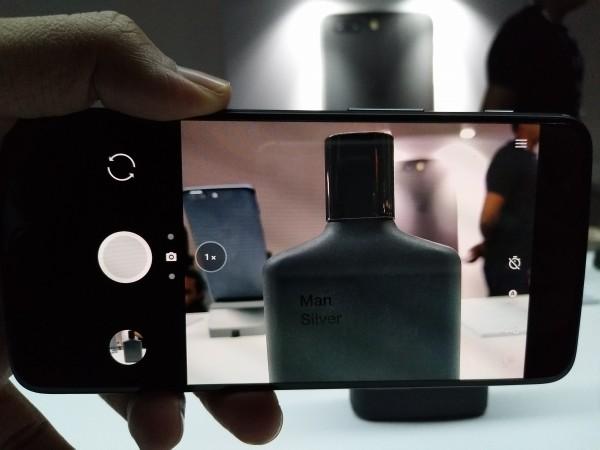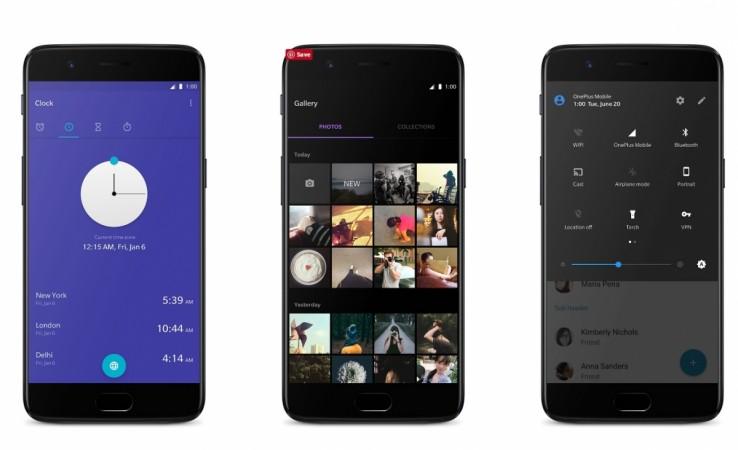Apple's co-founder Steve Jobs once became an object of ridicule because of his shallow response to complaints by iPhone 4 users on the loss of cellular signal. He said it could have been caused because of holding the device wrongly as if cell phones should be held in a certain way. Interestingly, OnePlus has done a similar blunder in handling a display defect seen in its recently released flagship OnePlus 5.
Several users of the OnePlus 5 have complained that the device has a jelly effect while scrolling and it is not known if the company can rectify the defect at all.
Also read: Huawei Honor 8 Pro to take on OnePlus 5, iPhone SE, Moto Z2 Play, Galaxy A5 (2017) in India
Surprisingly, OnePlus Support tweeted that "The screen so called jelly effect is caused by the user' eyes persistence of vision (visual staying phenomenon or duration of vision)," baffling the owners of OnePlus 5 instead of addressing their dissatisfaction.
The fact is that OnePlus Support's explanation doesn't make any sense as users of other devices haven't complained and OnePlus 5 users shouldn't be experiencing something like a hallucination. Sensing the irresponsible comment that's been deleted now, OnePlus said that it didn't endorse the tweet.

"The OnePlus 5 uses the same level of high-quality components as all OnePlus devices, including the AMOLED display. We've received feedback from a small number of users saying that at times they notice a subtle visual effect when scrolling. This is natural and there's no variance in screens between devices," said OnePlus in a statement to BGR.
It may be mentioned that OnePlus 5 comes in two variants -- 6GB RAM+64GB storage model priced at Rs. 32,999 and 8GB RAM+128GB ROM variant priced at Rs 37,999. It sports a 5.5-inch full HD Optic AMOLED screen with 1,920x1,080 pixel (401 ppi pixel density), powered by a 10nm process-based 64-bit class Qualcomm Snapdragon 835 processor, runs an Android 7.0 Nougat operating system, and houses a 3,300mAh (non-removable) battery with Dash Charge technology (5V, 4A).

The handset also has dual 16MP Sony sensor (IMX 398) with f/1.7 aperture, 1.12 µm pixel size, EIS (Electronic Optic Stabilisation), DCAF + 20MP telephoto Sony sensor (IMX 350) with f/2.6 aperture, 1.0 µm pixel size, PDAF (Phase Detection Auto Focus) and dual-tone LED flash. It also has a 16MP selfie camera with Sony sensor (IMX 371), 1.0 µm pixel size, EIS, fixed autofocus, and f/2.0 aperture.

















